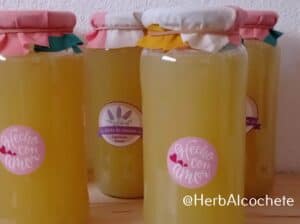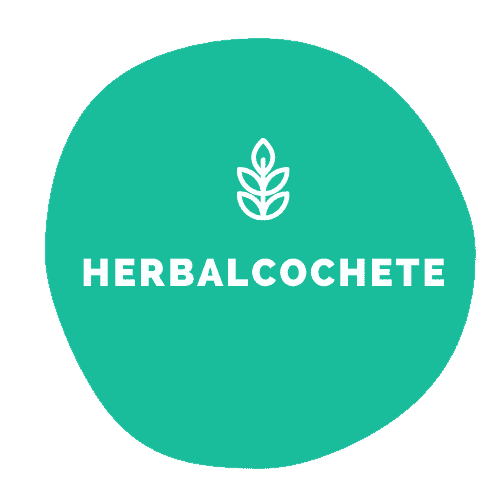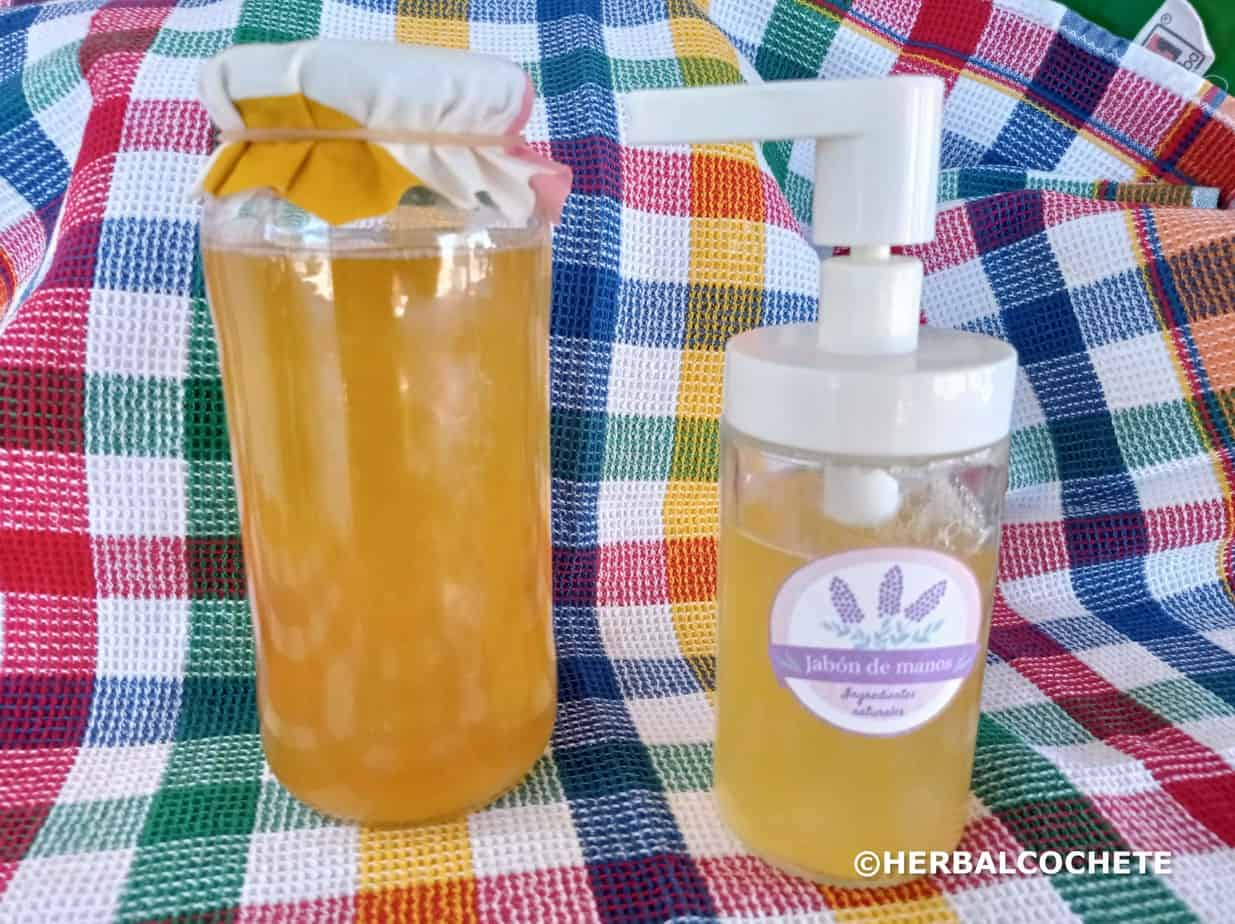This simple liquid soap recipe, while it takes some time to make, is totally worth it by the high-quality liquid soap you will get at the end!
This recipe of a simple liquid soap will guide you in how to make liquid soap at home from scratch. With 4 ingredients only: olive oil, coconut oil, potash and water! To make liquid soap, first you need to make a soap paste. Then you will need to dilute the soap paste with water. Under heat, the diluted soap paste will turn into liquid soap.
In the end you will get a wonderful golden liquid soap, mild to your skin and 100% homemade! With superior quality compared to the dozens of liquid soap recipes using a soap bar. Use it as a hand soap, or a shower gel. Or both.
Table of Contents
- A Simple Liquid Soap Recipe: Ingredients
- Step One: Making Soap Paste
- Step Two: Making the Liquid Soap
- Is Homemade Liquid Soap Economical?
- Find Where To Buy Handmade Liquid Soap
- Related Posts
- Watch These Videos Before Starting Your Recipe
A Simple Liquid Soap Recipe: Ingredients
This soap recipe uses the two mostly used oils in soapmaking. No wonder, they both contribute with amazing properties to soap and complement each other very well.
Olive oil is very conditioning and moisturizing to your skin. 100% olive oil soap is probably the only soap – with no synthetic detergents – that is mild enough for sensitive skin, despite its high pH. Coconut oil is very cleansing – so cleansing that sometimes feels a bit “drying” – and adds a LOT of foam to your handmade soap.
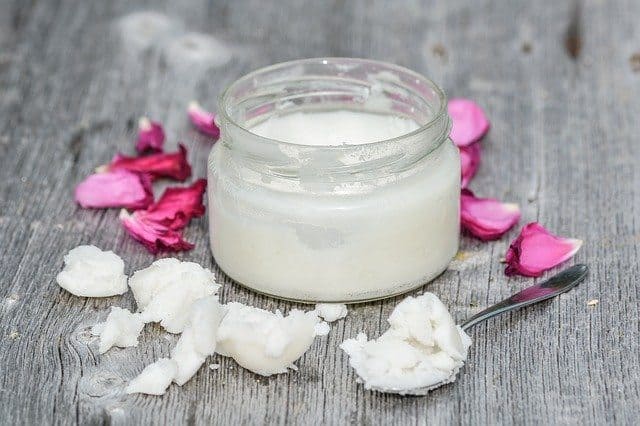
Besides its soapy properties, olive oil natural dark-yellow color, along with white coconut oil, will give a beautiful, natural golden yellow to this liquid soap. This is why I skip colorants in liquid soap: they have a beautiful natural color already, no need to change it with artificial dyes.
Glycerin, Preservative and Essential Oils
Many liquid soap recipes call for vegetable glycerin, a natural humectant. Superfat in liquid soap can only be up to 3%. Higher than that and you risk it separating. 3% of superfat is not enough to counter the effect of high alkalinity of soap. That’s why we use vegetable glycerin. If you wish to use this liquid soap as a shower gel, you probably want to add glycerin to it, as it will add moisture to your skin. But, to be honest, this natural soap is mild enough to be used with no glycerin added.
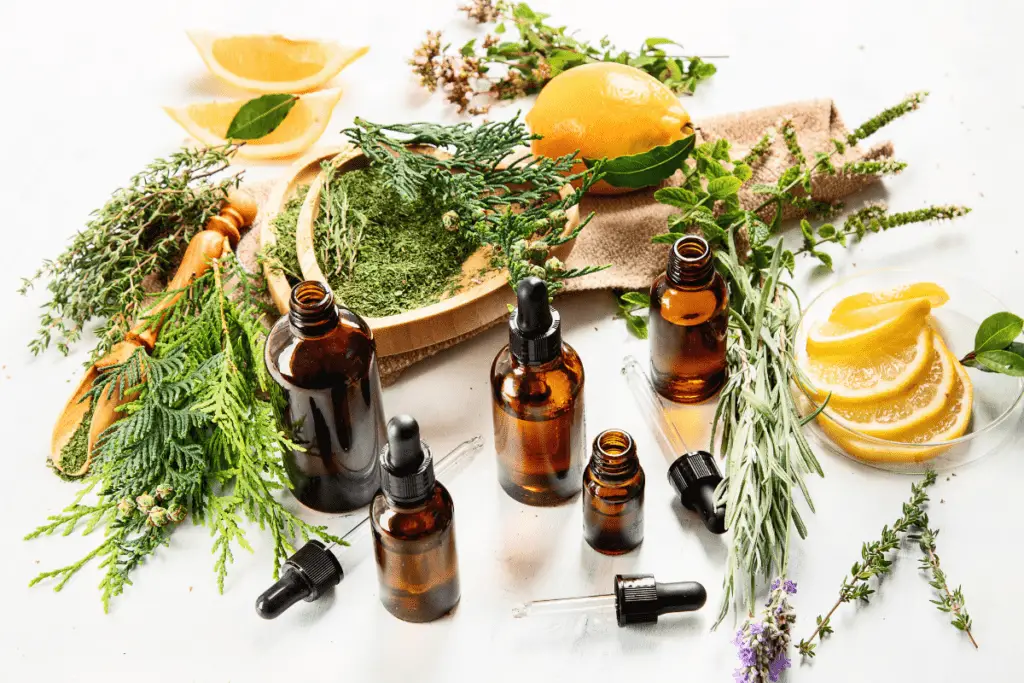
The other key ingredient is a preservative. There is only one way to skip it: if you make a quantity of soap to last less than one month. Otherwise, as liquid soap has water content, you need a broad spectrum perservative to prevent microorganisms or fungus from growing.
Finally, the essential oils. You may use any kind of essential oil on your soap. Unlike cold process, where your essential oils will still “suffer” from saponification, in liquid, soap saponification is finished by the time you add the essential oil. Therefore, no need to use only the strongest ones.
Bear in mind that some essential oils are photo-toxic, like lemon or sweet orange. It means that you might get extra sensitive to sun exposure. If you don’t want to use a sunblock, you probably should skip these for your shower gel.
What about cloudiness? Some essential oils may turn your clear soap into a cloudy substance. Most fragrances do the same. It’s not black-and-white which ones do and which ones don’t. Check out this post from the SoapMaking Forum for some clues. If you let your liquid soap to rest for up to one week, cloudiness might just dissapear.

Step One: Making Soap Paste
You make liquid soap by first making a very soft soap, a soap paste. This is achieved by using potassium hydroxide instead of sodium hydroxide. Both are called “lye” so pay attention.
Soap paste is made by a hot process method, where you heat the soap batter while making soap. So, temperatures are not very important as everything will be heated.
Best way to make this soap paste, or hot process soap, is definitely with a crockpot. But if you just want to give it a try, no need to go and buy one just for this. Use a large pan filled with water, and a smaller pan that is able to fit inside the larger one, without touching its botton. It works well in bagne-marie, that’s how I’ve made my first batch.
Making soap paste requires above all pacience. Give it 30-40 minutes by stick blending and letting the soap heat/cook. During this step, your soap will go from liquid to mayonaise-like to liquid again, to separating… At some point it will start to look and feel thicker. And will turn into mashed potatoes within one minute! The scent, however, is similar to unscented handmade soap. Don’t give up on your soap, you will be rewarded later!
You will need to test your soap paste against pH and saponification. If your soap gets too milky during this testing, you will need to cook the soap apste for a while longer. If your soap pH is above 10, is lye heavy. But you can adjust pH when making the liquid soap with citric acid, for example.
Step Two: Making the Liquid Soap
Once you have your soap paste, you are ready to make liquid soap. One note: you CAN use the soap paste as-is, if you prefer. But we are just too used to solid bars or liquid soap… right? This soap paste as a shelf life around one year, depending also on “best by” date for oils.
Ok, the liquid soap. Liquid soap is basically made by dilluting your soap paste with water, or water and glycerin. Like I’ve said, I don’t feel the need to add glycerin, unless I am making liquid soap for bath gel.
Heat the water, and add the soap paste into it. Then, again, pacience is key. You will need to stir, break the soap paste chunks, and wait while the heated water dissolves the soap paste. This process takes several hours. Use low heat during this process. If you don’t have the patience, or forget to stir the soap, that’s fine, but it might take longer to dissolve all paste.
Finishing The Liquid Soap
Once all paste is dissolved, you will have a golden-amber colored liquid soap. Yay, you have liquid soap!! Let it cool down and this is when you add the remaining ingredients: preservative, essential oils, and citric acid if you need to correct pH.
Enjoy your simple liquid soap recipe!
Is Homemade Liquid Soap Economical?
This recipe uses olive oil and coconut oil. So, if olive oil or coconut oil is expensive for you, this liquid soap is definitely not economical. With time, I will post other recipes, namely with sunflower oil and palm oil.
However, liquid soap is usually economical especially compared to soap bars. Why? With 500g of oils you make around 500g of soap bars. And there’s no multiplication miracle here…
But with liquid soap the story is different. Because you add water to dillute your soap paste, you will have much more than 500g of liquid soap. I use dillutions of 1:2 and 1:3, which means that I have 3 or 4 times the amount of soap paste.
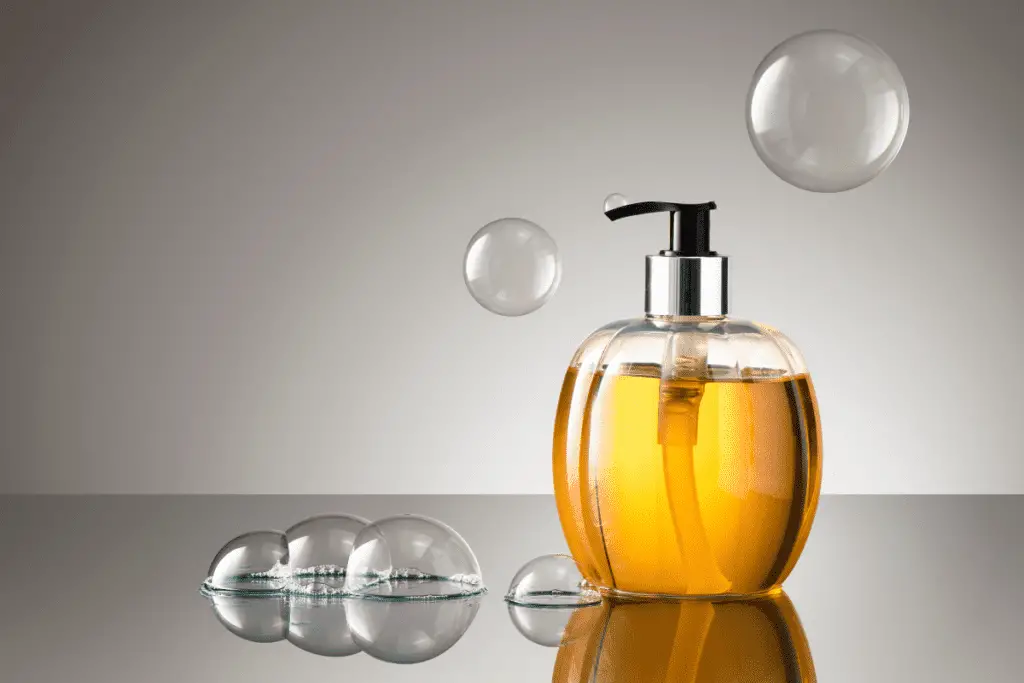
So, you might end up with 2 liters (!) of liquid soap starting with 500g of oils. Of course, none of this counts with the energy you need to spend to make liquid soap. Cold process requires no heating source…
If you want to make a business out of selling liquid soap, you probably want to make all those calculations. Still, I’ve read soapmakers swearing that is indeed cheaper to make liquid soap and more profitable to sell it, even with the extra pump bottle for the liquid soap.
Going “Zero-Waste”
Speaking of pump bottles, I use a glass pump bottle for my homemade liquid soap, to be able to wash it and reuse it. Ok, so it’s not totally zero-waste like soap bars, because you really can’t avoid to use a recipient. But at least you can go more zero-waste and reuse your soap container for years.
I like the idea of using less plastic packages as a result of making my own skincare at home. By using glass and metal recipients, you can reuse all of them for years. Avoid wasting 5 to 6 plastic bottles and packages every month. One more reason to start making your own skincare at home 🙂
Find Where To Buy Handmade Liquid Soap
If you’re not yet ready to try to make this recipe at home – this is already an advanced soap recipe – but you still wish to enjoy natural, handmade liquid soap, you can find it in the following links:
- Goat Milk Liquid Soap (Etsy)
- Cinammon Apple Liquid Hand Soap (Etsy)
- Organic Liquid Castile Soap (Etsy)
- Cocoa and Shea Butter Liquid Soap (Etsy)Cocoa and Shea Butter Liquid Soap (Etsy)
Related Posts
- Vegetable oils: Oil Properties for Soap Making
- Essential oils: Best Essential Oils for Soap Making
- Natural colorants: How To Color Your Soap With Kitchen Ingredients
- Equipment: Where To Buy Soap Making Equipment
- Liquid Soap From Scratch Tutorial: How To Make Liquid Soap From Scratch
- More Recipes: Homemade Natural Liquid Soap Recipes
Watch These Videos Before Starting Your Recipe
Equipment
Ingredients
Soap Paste – Lye Water
- 238 g distilled water
- 102 g potash (99% potassium hydroxide)
Soap Paste – Oils
Extras for Liquid Soap
- 1,5 lt distilled water (using a dilution of 1:3)
- 10 ml Liquid Germall Plus (follow manufacturer's instructions – 0,5% of total liquid soap – 2lt)
- 200 g vegetable glycerin (optional)
- 20 ml essential oils blend (optional – considering 1ml or 20 drops EO / 100 ml liq. soap)
Essential Oil Blend (option 1)
- 10 ml essential oil lemongrass
- 10 ml essential oil lemon
Essential Oil Blend (option 2)
Instructions
Preparations
- Wear goggles and gloves, and mask! Look at the Safety Precautions in the video above or in Safety Precautions In Soap Making
- Watch the video above or read the post How To Make Liquid Soap With Potassium Hydroxide for instructions on how to make liquid soap. These are generic steps for all recipes.
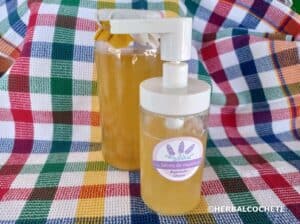
- Assemble everything: ingredients, equipment, safety equipment. Prepare your workstations. Measure all the ingredients – you may leave the extra ingredients for later. Don’t start the recipe without having everything ready!
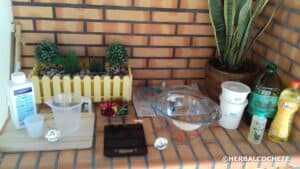
Make the Lye Water
- Make the lye solution according to How To Make Lye Water. Lye is this recipe is potash, or potassium hydroxide – it makes a bigger reaction than sodium hydroxide, be ready. Mix the solution until the vapors start to dissipate, and the water is clear.
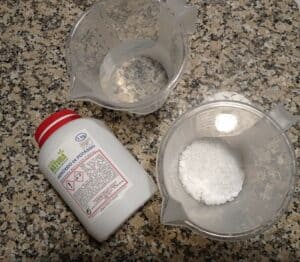
Heat The Oils
- Heat the oils in the slow cooker under LOW heat until the solid oils are completely melted.
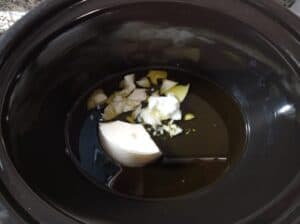
Making the Soap Paste
- Pour carefully the lye water over the heated oils – be careful as the lye water may corrode your slow cooker metalic parts. There's no need to turn off the heat in this step.
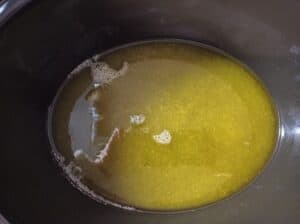
- Set the slow cooker heat to HIGH.
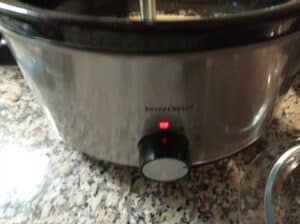
- Start mixing the soap batter with the stick blender. Use short pulses alternated with manual mixing (like a spoon). Then every 5 minutes, let the soap rest in heat for 2-3 minutes. Repeat this process for around 30 minutes.
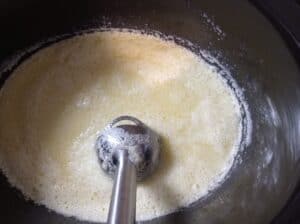
- Repeat the process for around 30 minutes. Check out How To Make Liquid Soap With Potassium Hydroxide to see all the different stick blending stages.
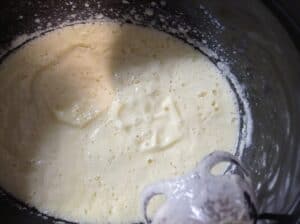
- At the end, you should have a soap paste looking like mashed potatoes.
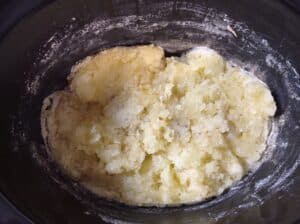
Cooking the Soap Paste
- Set the heat to LOW and let the soap paste cook for 6 hours. Mix the soap paste with a spoon, to avoid sticking to the slow cooker walls or burning. Do this every 30 minutes in the first 3 hours, then every hour.
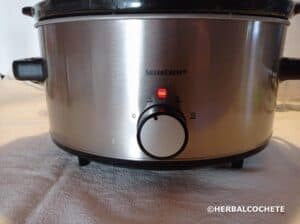
- Turn off the heat and let the soap paste rest inside the slow cooker (with lid), until it cools down completely. The final result should be a translucent soap paste, looking like yellow colored vaseline.
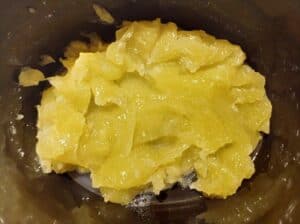
Testing the Soap Paste
- Test the soap for superfatting. After the soap has finished cooking, stir a tsp of soap paste into half a cup of scalding hot distilled water. Let it sit and dissolve, giving it another stir if it needs help breaking up. Let it cool completely then have a look.Translucent white or clear liquid: your soap is ready.Milky opaque and oils floating: has unsaponified oils, need to cook more in LOW heat.
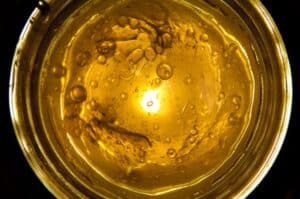
- Test the soap paste for lye heaviness with a pH strap. Dilute 1g soap paste into 99g of scalding hot distilled water and let it cool to room temperature. Take the pH straps (Litmus test papers) and check to see if the soap is between 9-10. Above 10 your soap is lye heavy. Allow the paper to dry completely for the most accurate result.
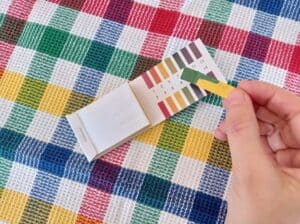
Making the Liquid Soap
- If you wish to make all the liquid soap at once, use the quantities in the Extra Liquid Soap ingredients section. The preservative (liquid germall plus) in NOT optional is this case.
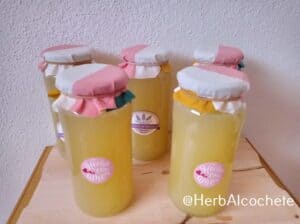
- If you wish to make liquid soap by portions in order to avoid using the preservative (liquid germall plus), check out also How To Make Liquid Soap With Potassium Hydroxide in the "Starting your liquid soap". For reference, use the following quantities, for 100ml of liquid soap:– 1 portion of soap paste (25g) and 3 portions of distilled water (75g)– 1 ml of essential oil blend– 10 ml of vegetable glycerin
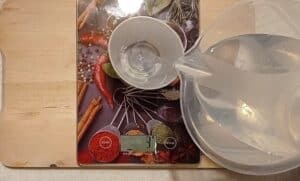
- The essential oils and the vegetable glycerin are optional. Vegetable glycerin is an humectant that will turn the soap softer and more hydrating. In this recipe, I didn't feel the need to add vegetable glycerin, but it's your choice.
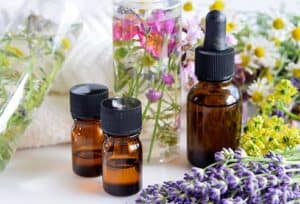
- Add the soap paste and water (and vegetable glycerin if that's the case) into the slow cooker. Set the heat to HIGH.

- Let the ingredients heat for one hour and mix/cut the soap paste in small bits to better dissolve in the water.
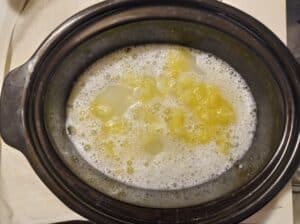
- Set the slow cooker to LOW and let the soap cook for some hours, untill the soap paste is gone. This part does require patience and some trial and error. Add some water if the soap paste doesn't seem to be dissolving after 1 hour of heat.
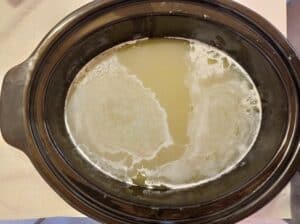
- When your soap paste only has small bits of soap floating, turn off the heat and let the soap set inside the slow cooker (with lid) until it cools down completely.
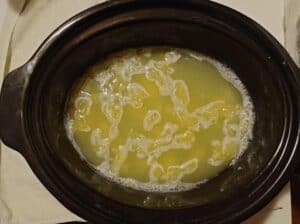
- The final result should be a yellow colored slightly viscous liquid. You should be able to use a small portion and wash your hands with it.
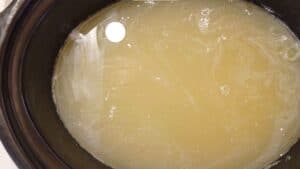
- Add your essential oils and the preservative to the liquid soap and mix well.
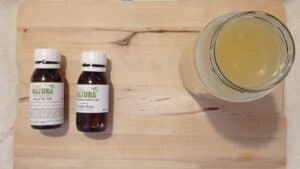
- Store your liquid soap in glass jars with lid, or use it in a pump dispenser. Doesn't need curing as all saponification happened when making the soap paste – your liquid soap is ready to use!
